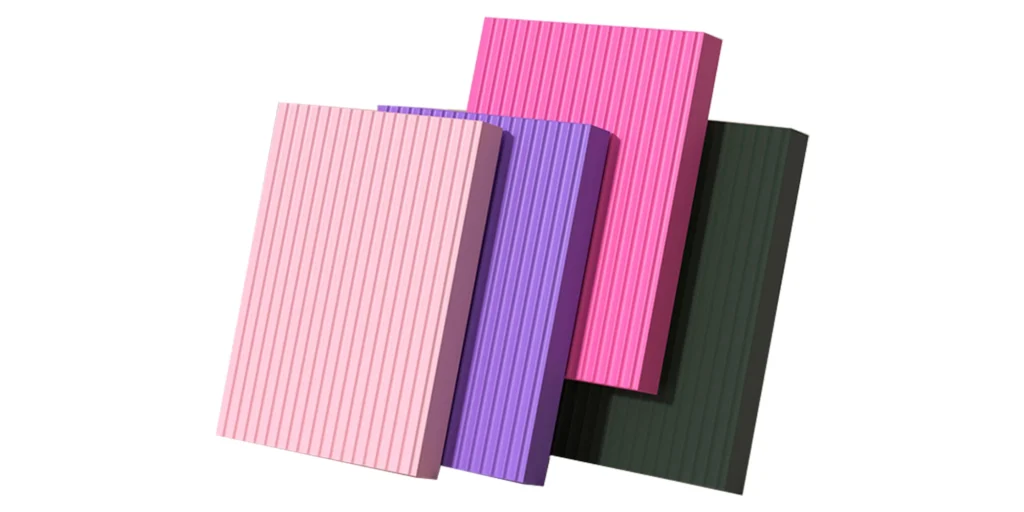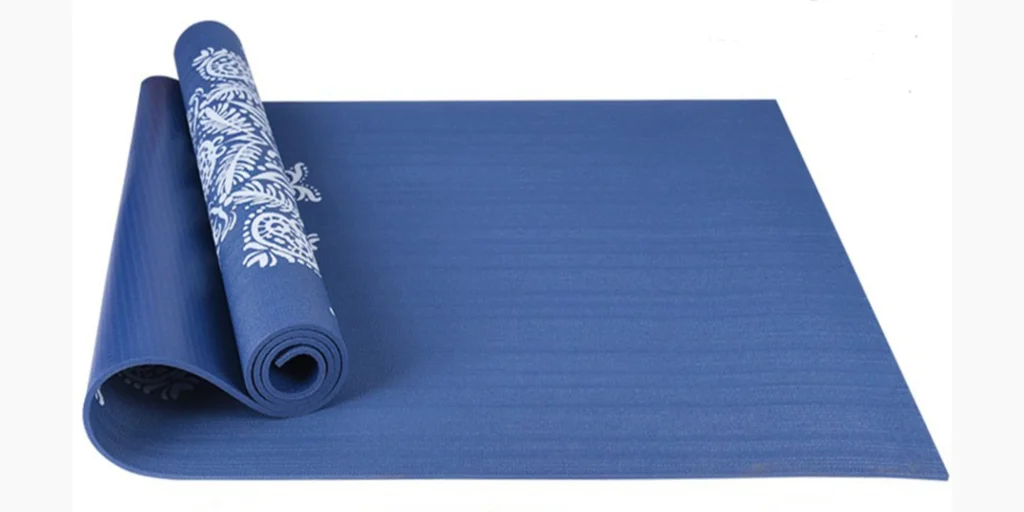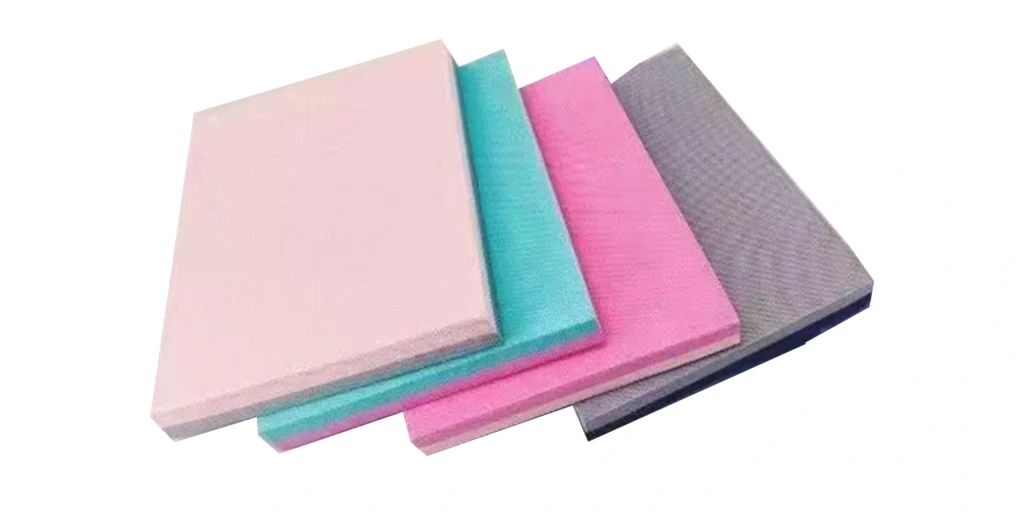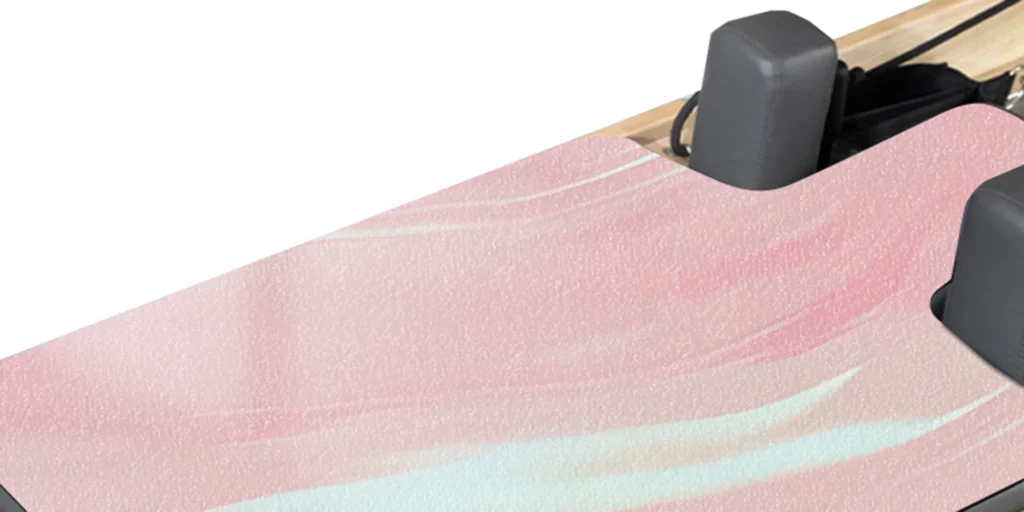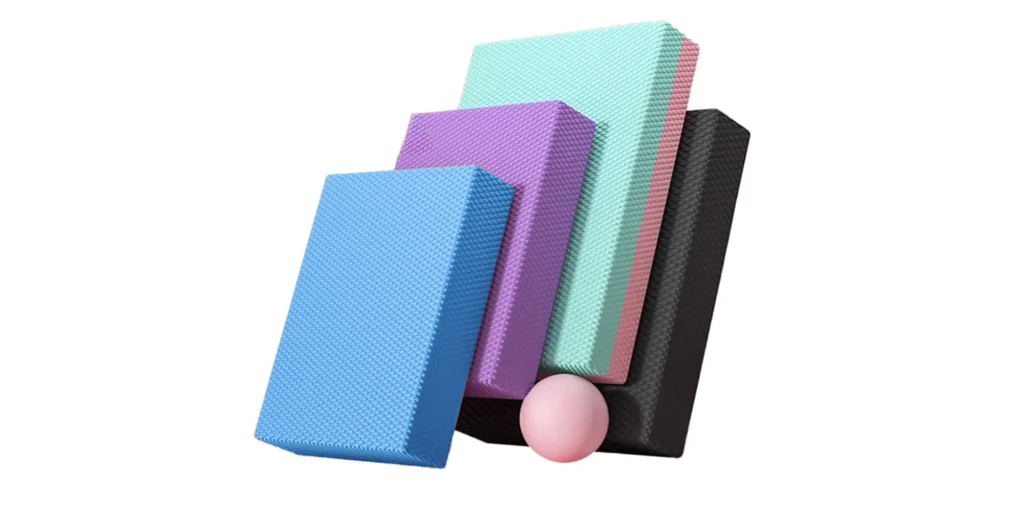When it comes to choosing the perfect TPE (Thermoplastic Elastomer) foam mat for your exercise or wellness routine, there are a few key factors you should consider. TPE foam mats are popular due to their lightweight, durable, and eco-friendly nature, making them a top choice for yoga, Pilates, and general exercise. However, with so many options available on the market, how do you ensure you’re selecting the best one for your needs? This comprehensive guide will walk you through the crucial elements to look for when buying a TPE foam mat, helping you make an informed decision based on mat thickness, material quality, and your intended use.
What is TPE Foam?
Before diving into the selection process, it’s important to understand what TPE foam is. TPE stands for Thermoplastic Elastomer, a flexible, lightweight material that combines the benefits of rubber and plastic. TPE foam mats are commonly used in fitness routines because of their superior cushioning, slip resistance, and eco-friendliness. Unlike PVC mats, TPE mats do not contain harmful chemicals like phthalates or BPA, making them a healthier choice for both the environment and your body.
Key Factors to Consider When Choosing a TPE Foam Mat
1. Mat Thickness
The thickness of your TPE foam mat plays a significant role in your overall comfort and performance. When selecting a mat, consider the following:
- Thin Mats (3mm to 5mm): Ideal for those who need a more stable, firm surface for balance-based exercises like yoga and Pilates. These mats provide just enough cushioning to protect your joints without being overly soft. They are portable and lightweight, making them perfect for travel or gym-goers who need to carry their mat around frequently.
- Medium Thickness Mats (6mm to 8mm): If you’re seeking a balance between cushioning and support, a medium-thick mat is an excellent option. These mats are ideal for activities that involve moderate impact, such as stretching, light cardio, and low-intensity Pilates. They provide extra joint protection without compromising stability.
- Thick Mats (10mm and above): For high-impact exercises or if you need substantial cushioning for joint support, such as for high-intensity workouts, heavy stretching, or floor exercises, a thicker mat will provide the most comfort. These mats offer superior shock absorption but may be heavier and less portable.
Tip: If you’re unsure of your preference, consider the type of exercise you do most often. Yoga practitioners typically prefer thinner mats for better grip, while those doing more intense workouts may prefer thicker mats for enhanced cushioning.
2. Material Quality
The quality of the TPE material is critical to the longevity, safety, and overall feel of the mat. High-quality TPE foam is durable, non-toxic, and resistant to wear and tear. Here’s what to look for in TPE mats:
- Eco-Friendly Composition: Ensure that the TPE mat is free from harmful chemicals such as PVC, phthalates, or heavy metals. A quality TPE foam mat should be made with 100% recyclable materials that do not release toxic fumes when used.
- Durability and Resilience: A good TPE mat should maintain its shape and performance over time, even after frequent use. Look for mats that have high tensile strength, ensuring they won’t lose their cushioning or tear under pressure.
- Non-Slip Surface: A slip-resistant surface is essential for preventing injuries, especially during yoga, Pilates, or high-intensity workouts. The best TPE foam mats feature textured or patterned surfaces that increase grip, making them safer to use on smooth floors.
- Water-Resistant and Easy to Clean: TPE foam mats are known for being easy to clean and maintain. Look for mats that are water-resistant, as this ensures they won’t absorb sweat or moisture during your workouts. A clean mat not only ensures better hygiene but also extends the lifespan of the product.
3. Intended Use
When choosing a TPE foam mat, consider what type of exercise or activity you will primarily use it for. Different activities have specific requirements that could influence your mat selection.
Yoga
For yoga, a thinner mat (3mm to 5mm) is typically preferred as it offers greater stability and a closer connection to the ground. This allows you to maintain better balance and precision during poses. A mat with a textured surface will also enhance grip, which is important for performing standing poses and inversions safely.
Pilates
Pilates requires a supportive surface that also provides comfort for lying down exercises. A mat with moderate thickness (6mm to 8mm) is a good choice. You may also prefer a mat with some cushion for spinal alignment and comfort during floor work.
General Exercise & Fitness
If you’re using the mat for general exercise such as bodyweight workouts, stretching, or core exercises, a medium to thick mat (6mm to 10mm) will provide the right balance of comfort and support. These mats are also useful for activities like aerobics, stretching, and circuit training.
High-Impact Workouts
For high-intensity workouts like CrossFit or HIIT, you may need a thicker mat (10mm and above) for better shock absorption and joint protection. These mats will reduce the strain on your knees, elbows, and wrists during high-impact moves.
4. Portability and Storage
If you plan to take your TPE foam mat to different locations or store it in tight spaces, portability and ease of storage are important factors. Lighter mats are easier to roll up and carry, especially if you’re frequently traveling. Some mats come with straps or carrying bags, which can make transportation more convenient.
5. Price vs. Quality
While TPE foam mats are generally affordable compared to mats made from other materials like PVC or natural rubber, the price can vary depending on thickness, material quality, and brand. Keep in mind that while you may be able to find cheaper mats, investing in a higher-quality mat will likely save you money in the long run, as it will last longer and provide better performance.
6. Aesthetics and Design
Although not the most crucial factor, the color and design of your TPE mat can make a difference, especially if you plan to use it in a shared space. Many TPE mats come in various colors and patterns, allowing you to choose one that aligns with your personal style or the ambiance of your workout area.
How to Care for Your TPE Foam Mat
To get the most out of your TPE foam mat, it’s essential to care for it properly. Here are some simple tips:
- Clean Regularly: Wipe down your mat with a damp cloth after each use to remove sweat, dirt, and oils. For deeper cleaning, use a mild soap solution and air dry the mat.
- Avoid Direct Sunlight: Excessive exposure to sunlight can degrade the material over time. Store your mat in a cool, dry place to prevent damage.
- Roll, Don’t Fold: Always roll your TPE foam mat instead of folding it to avoid creases that could damage the foam structure.
Selecting the right TPE foam mat involves more than just picking a color or brand. By considering factors such as mat thickness, material quality, and your specific exercise needs, you can find a mat that enhances your performance, provides the support you need, and lasts for years. Whether you’re practicing yoga, Pilates, or engaging in high-impact workouts, a well-chosen TPE foam mat will ensure you stay comfortable and injury-free.
Before making your final decision, take the time to test different mats if possible, and always keep your personal preferences and workout routine in mind. With the right TPE foam mat, your fitness journey will be much more enjoyable and effective.
FAQ: Frequently Asked Questions
1. What is TPE foam, and why is it a better choice than PVC?
TPE (Thermoplastic Elastomer) foam is an eco-friendly, non-toxic material that combines the flexibility of rubber with the durability of plastic. Unlike PVC, which can contain harmful chemicals like phthalates, TPE foam mats are free of toxic substances, making them safer for both users and the environment. They are also more durable and lightweight.
2. What is the ideal mat thickness for yoga?
For yoga, a thinner mat (3mm to 5mm) is typically ideal as it provides a firm, stable surface for balance-focused movements. Thinner mats also allow you to maintain better connection with the floor for improved stability during various poses.
3. Can TPE foam mats be used for high-impact exercises?
Yes, TPE foam mats are suitable for high-impact exercises, especially thicker mats (10mm or above). These mats provide better cushioning and shock absorption, reducing strain on your joints during activities like HIIT or intense cardio workouts.
4. Are TPE foam mats easy to clean?
Yes, TPE foam mats are easy to maintain. They are water-resistant and can be wiped clean with a damp cloth or mild soap solution. Regular cleaning ensures your mat stays hygienic and extends its lifespan.
5. How can I tell if a TPE foam mat is of good quality?
High-quality TPE foam mats are durable, non-toxic, and have a textured surface for better grip. Look for mats that are free from PVC, phthalates, or BPA, and opt for products with good reviews or certifications indicating they are eco-friendly and made with high-quality materials.
#TPEFoamMat #EcoFriendlyMat #YogaMat #PilatesMat #ExerciseMat #FitnessGear #HomeWorkout #HealthyLifestyle #EcoFitness #TPEFoam #JointProtection #SustainableFitness #WorkoutEssentials
WELLE Trade has over 20 years of experience in the production and processing of PE/EVA/TPE foams, so you may want to consult with them if you have any sourcing needs.


